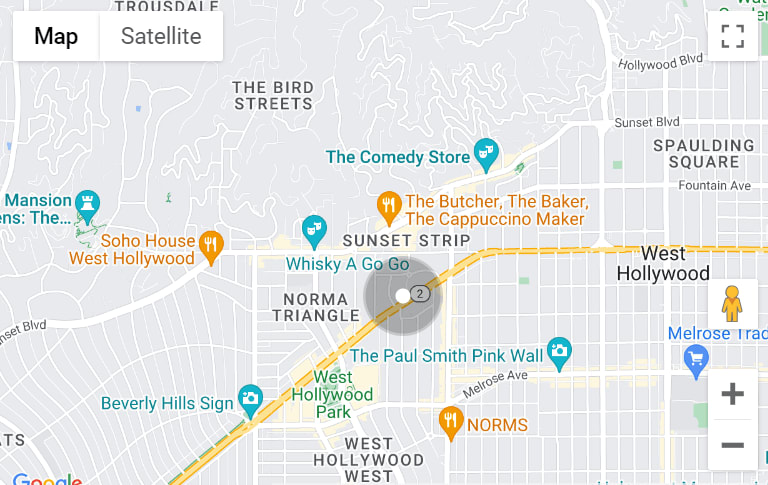
-
Compass
33522 Niguel Road Suite 200
Dana Point, CA 92629
CA DRE# 01955051 -
Susan Chase
Recognized for its long coastline and breathtaking views, Dana Point, CA is a vibrant community that attracts visitors worldwide. Both locals and tourists can speak to the beauty of the Dana Point Headlands and the region’s status as the whale and dolphin watching capital of the world. Perhaps not so well known is Dana Point’s surprising history of captivating even the most transient of souls. This begs the question, who hasn’t been allured by Dana Point’s remarkable scenery?
Long before the city of Dana Point resembled anything like it appears now, the area was home to indigenous peoples. The Acjachemen tribe’s inhabitance in southern California can be traced back at least 10,000 years. The Acjachemen built villages and camps with populations ranging between 35-300 residents. Most of the time, village residents or “clans'' were related by blood or were groups of only a few families. The Acjachemen people understood that their wellbeing was directly connected to the natural world. Their dependence on the land for food, shelter, and health was not only significant but deeply ingrained in their culture. While clans operated independently of each other, they developed networks with other villages local to their region.
In the 1770s, Spanish settlers began arriving in southern California. The settlers erected a cross on Acjachemen land to declare it their own but ended up having to retreat. Later, they returned to colonize the area and convert the Acjachemen people. The settlers baptized members of the tribes, starting with mostly children, and gave the native group a new name, the Juaneño.
As the Spanish continued to develop land for livestock and horticulture, the region became a popular port for trade ships. Mission San Juan Capistrano was a significant hub for the hide trade, eventually drawing the attention of some unsavory characters. In 1818, French-Argentine pirate Hippolyte Bouchard docked his fleet in an elusive cove and pillaged the nearby mission. The coast’s intricate landscape -now Capistrano Bay- provided Bouchard’s men with an excellent opportunity to remain hidden until they were ready to take the mission by surprise.
As trading peaked between 1830-1840, travelers’ affirmation for Dana Point’s unique landscape grew. In 1835, American lawyer and politician Richard Henry Dana Jr. sailed from Boston to California aboard the Pilgrim. Enamored by the region’s idyllic landscape, Richard Henry Dana Jr. referred to the area as “the only romantic spot on the coast” in his novel Two Years Before the Mast. Dana Jr. would later be known as the namesake for the Dana Headlands. Up until its unfortunate sinking in 2020, a replica of the Pilgrim could be spotted in the Dana Point Harbor.
After developing much of the Hollywood Hills, a group of investors dreamt of designing a community that celebrated peace and seclusion. After exploring areas along the southern coast, Los Angeles Times publisher Harry Chandler, director of the Pacific Electric Railway Company General M.H. Sherman, and prominent architect Sidney H. Woodruff set their eyes on Dana Point. In 1926, they founded the Dana Point Syndicate and invited investors, executives, real estate developers, and movie producers to join them in purchasing 1388 acres of land.
Woodruff had big plans for Dana Point. He promised future residents all sorts of amenities, including lush landscaping, access to electricity and phone lines, and smooth paved streets and sidewalks. Woodruff constructed a total of 35 homes and five commercial buildings designed with modern Spanish influences. Together the homes make up Lantern Village, located in the center of town. Streets are named for different colored lanterns, and the streetlamps mimic the look of maritime signal lanterns.
Woodruff’s aspirations for Dana Point spread far beyond the construction of a handful of homes. In addition to residential development, Woodruff wanted to design lodging to draw excitable tourists to the area. What came were plans for the illustrious Dana Point Inn, a clifftop resort hotel that overlooked the harbor. Soon after its groundbreaking and early construction in 1933, the project was halted. The Great Depression took a toll on the economy, and Woodruff wasn’t fortunate enough to remain unaffected. Despite all of his efforts to raise funds to save the project, he was forced to abandon the resort and sell his remaining assets of the Dana Point Syndicate. Woodruff’s mark on the city is still prevalent, and currently, all but one of the original Woodruff homes are occupied.
For visitors both long past and present, it would seem Dana Point has managed to leave a lasting impression. The area’s unique geography, scenic landscape, and proximity to major cities make it attractive to all walks of life. As the city experiences a new period of transition, the story of Dana Point is far from over.